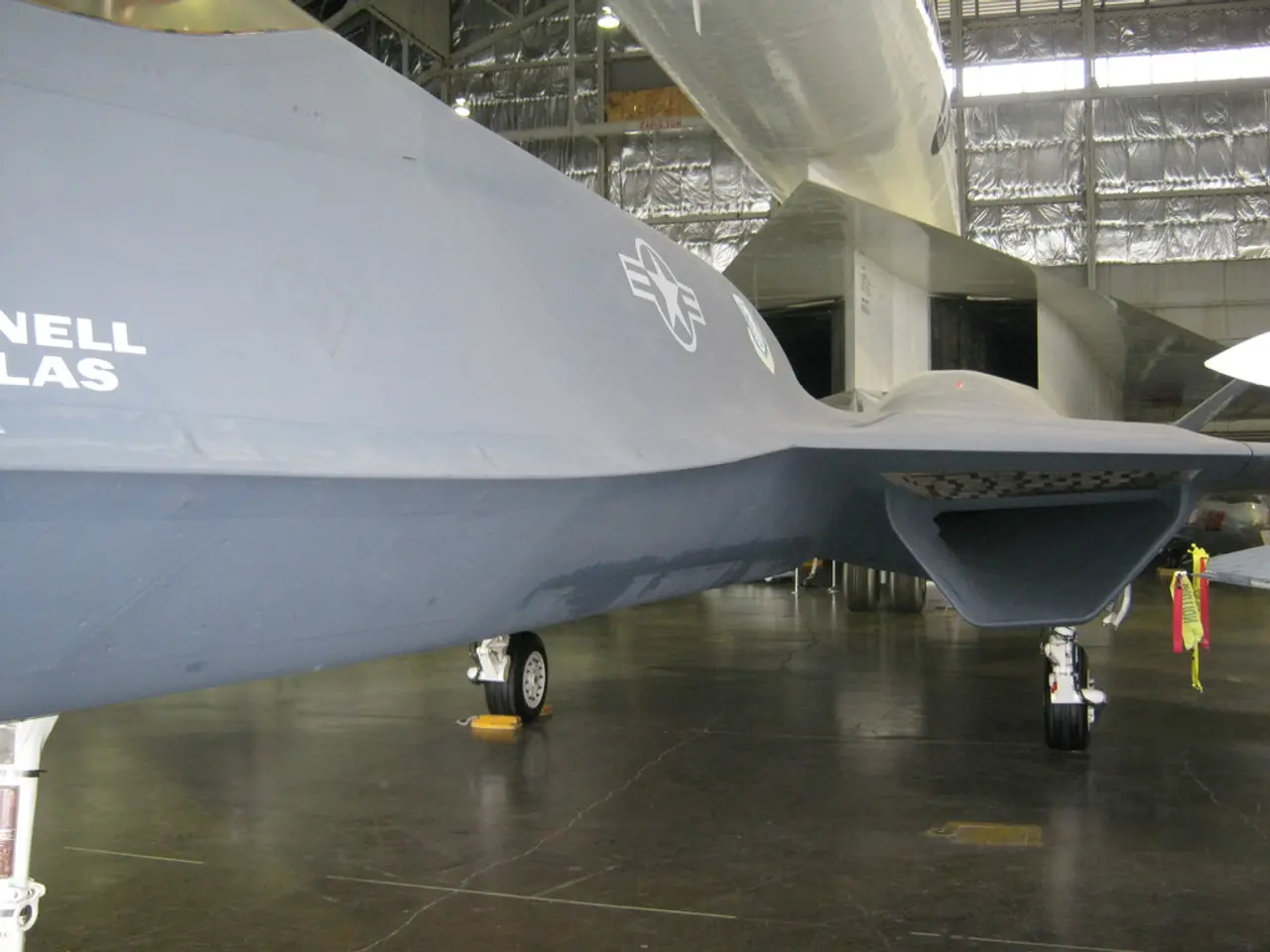Flight Surveillance Industry Expected to Reach USD 794.4 Million by 2033
The global flight tracking system market is set for significant expansion over the next decade, driven by a surge in air passenger traffic, modernization of existing air traffic management infrastructure, and the integration of cutting-edge technologies.
In 2023, the market was dominated by the Automatic Dependent Surveillance-Broadcast (ADS-B) segment, accounting for over 54% share. The Civil Aviation sector also held a commanding position, with a share of more than 57%. Notably, North America led the market, capturing over 40% share and generating revenue of approximately USD 187.8 million.
The regulatory environment plays a significant role in shaping this market, enforcing strict guidelines for aircraft tracking. The need for continuity in tracking, especially in remote areas, presents an opportunity for suppliers to develop innovative systems that remain operational under all conditions.
Demand exists for tamper-proof and flexible flight tracking solutions, particularly in developing markets. The complexity created by differing rules and standards worldwide is a persistent challenge facing the market. Each country can set its own requirements for data-sharing, technical specifications, and integration procedures, which can lead to operational costs and the risk of inconsistent performance.
Airlines operating internationally often have to juggle multiple compliance burdens and invest in redundant upgrades to satisfy layered regulatory frameworks. High costs of implementation are a challenge to the industry's adoption, particularly for smaller operators and those in regions with tighter budgets.
The latest wave of innovation in flight tracking systems involves integrating artificial intelligence and advanced data analytics. This integration enables precise, real-time flight tracking and decision-making, reducing manual workload, increasing profit margins, and improving search and rescue effectiveness.
However, current systems can sometimes be disabled or bypassed, presenting a gap in truly reliable tracking. The development of tamper-proof tracking solutions and portable tracking devices offers a significant opportunity in the market.
Looking ahead, the global flight tracking system market is projected to grow from USD 469.5 million in 2023 to approximately USD 794.4 million by 2033, registering a steady 5.40% CAGR. The market segments include ADS-B, FANS, and PFTS. The need for system integration remains a difficult and ongoing task for the entire industry due to the patchwork of rules and standards worldwide.
New sectors such as urban air mobility (eVTOLs) are experiencing high growth rates, which may further add demand for advanced flight tracking and control systems in the coming decade. As the air traffic management market, under which flight tracking systems generally fall, is expected to grow from approximately USD 11.83 billion in 2025 to about USD 19.75 billion by 2032, at a compound annual growth rate (CAGR) of around 7.6%, the flight tracking system market is expected to grow in alignment, ensuring a promising future for this industry.
References: 1. MarketWatch 2. BusinessWire
In the coming years, the integration of AI and advanced data analytics into flight tracking systems could potentially revolutionize the industry, offering precise, real-time tracking, increased profit margins, and improved search and rescue capabilities. (technology, data-and-cloud-computing, investing, business)
However, the development of tamper-proof tracking solutions and portable devices is crucial to address the issue of some current systems being disabled or bypassed, ensuring truly reliable and continuous tracking. (personal-finance, wealth-management, finance, technology)
The global flight tracking system market is projected to show significant growth over the next decade, reaching approximately USD 794.4 million by 2033, driven by factors such as the emergence of new sectors like urban air mobility and the modernization of existing air traffic management infrastructure. (industry, business)
The continued growth of the air traffic management market, expected to reach around USD 19.75 billion by 2032, provides an optimistic outlook for the flight tracking system industry, further fueling its expansion and development. (market, finance, business)




